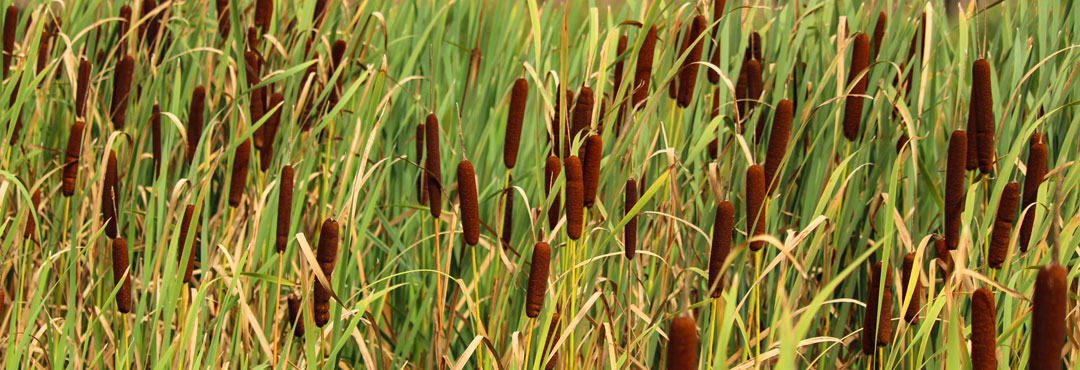Cattail Control – Now is the Time to Act!
Native cattails can prove beneficial if you are able to keep their populations under control. Their extensive root systems can prevent soil erosion and absorb excess nutrients that negatively impact water quality. Wildlife eats the roots, and the underwater portion of the plant provides fish with excellent cover, especially during spawning. Cattails also serve as a shelter for birds that use their leaves to build nests. Cattails are highly favored by beavers and muskrats, who use them for food, to build dams and huts, and to hide from predators.
Cattails that have taken over an area, however, can become too much of a good thing. When cattails grow out of control, they impede sightlines and restrict water flow. Dense cattail populations also take up space where beneficial native plants would otherwise thrive.
Cattails reproduce via their flowers, which produce thousands of seeds. Once pollinated, these fluffy seeds are carried long distances by the wind and dispersed far and wide by birds. These seeds germinate quickly, so cattails can spread vigorously and take over the shallow areas of a body of water in just a few years.
Cattail roots, called rhizomes, also play a big part in taking over a water body’s shallow areas. As rhizomes grow and spread horizontally, they put out new cattail shoots that grow up toward the surface of the water and become new cattail plants. The dense root systems of cattails create nearly solid mats, taking up all the space in the pond substrate and preventing “good” plants necessary for the ecosystem from forming root systems and establishing.
It is important to understand the balance between keeping and removing cattails to make way for other beneficial aquatic plants. Since cattails are used widely by a variety of wildlife, leaving some cattails in your pond is typically best for the environment.
Cattail Management Methods
You can control cattails manually or chemically using an EPA-approved herbicide. The bottom line is that there are options for cattail control based on the time of year and price.
Herbicide Control
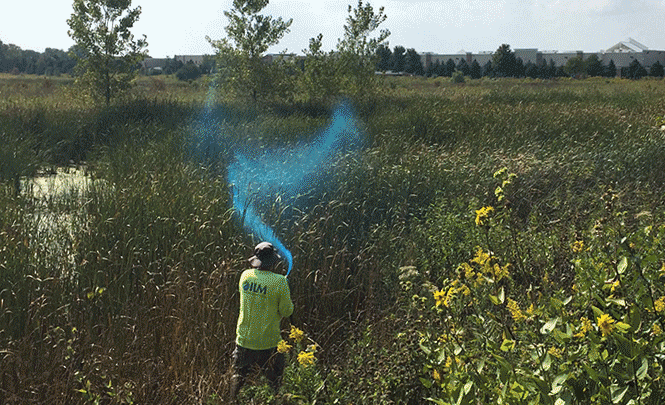
Environmentally sound, EPA-approved systemic herbicides are absorbed by the plant and carried down to the roots, permanently killing the plant. It should be noted that cattails may reemerge from the sediment’s seed bank, so ongoing maintenance is often required. Herbicide applications are typically the best option for controlling large populations of cattails. September and October are optimal times to treat cattails with herbicide as this is the time of year they actively absorb herbicides and send them down to their roots.
Mowing
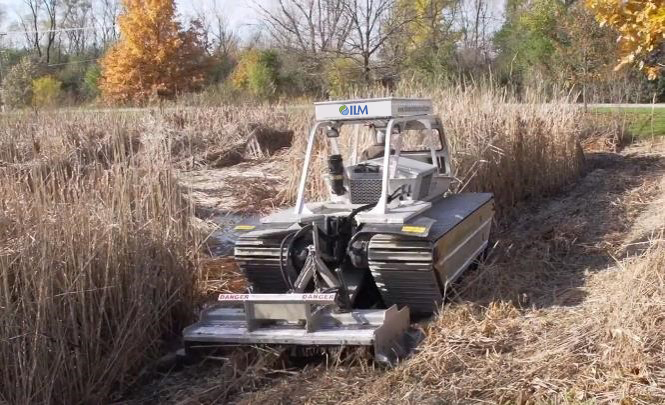
Mowing cattails involves using an amphibious vehicle mounted with a mower head, which mows cattails above the surface of the water. These can be dead cattails previously treated with systemic herbicides or living cattails that are temporarily cut back, like mowing your lawn. In this case, mowing must be repeated to control cattails.
Cutting
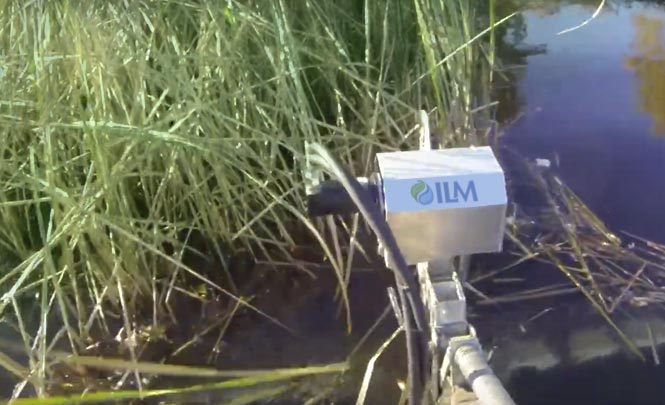
Cutting cattails involves cutting the stems below the water surface. Using another amphibious vehicle, called a Truxor, mounted with a cutting attachment set several inches below the surface of the water prevents them from receiving sunlight and oxygen required for survival. This method is sometimes referred to as “the drowning method”. Cattails need to grow in several inches of water and where water levels stay consistent to be effective.
Digging
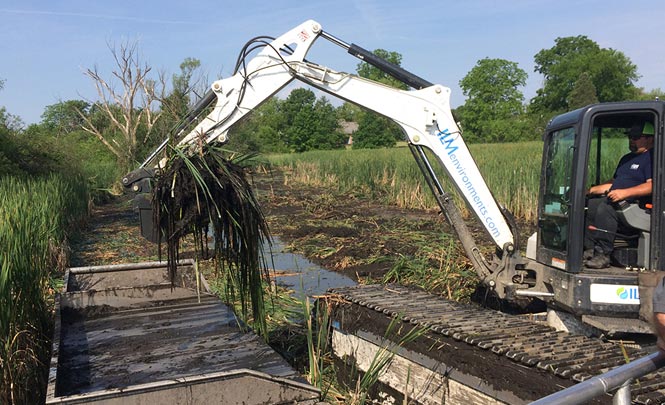
Depending on access, cattail root masses can be dug out using a traditional excavator or amphibious excavator. When using an amphibious excavator, plant material is placed on a sled, which is pulled out of the work area so that the material can be deposited on site or hauled away. This method of cattail removal provides instant, long-lasting results.

